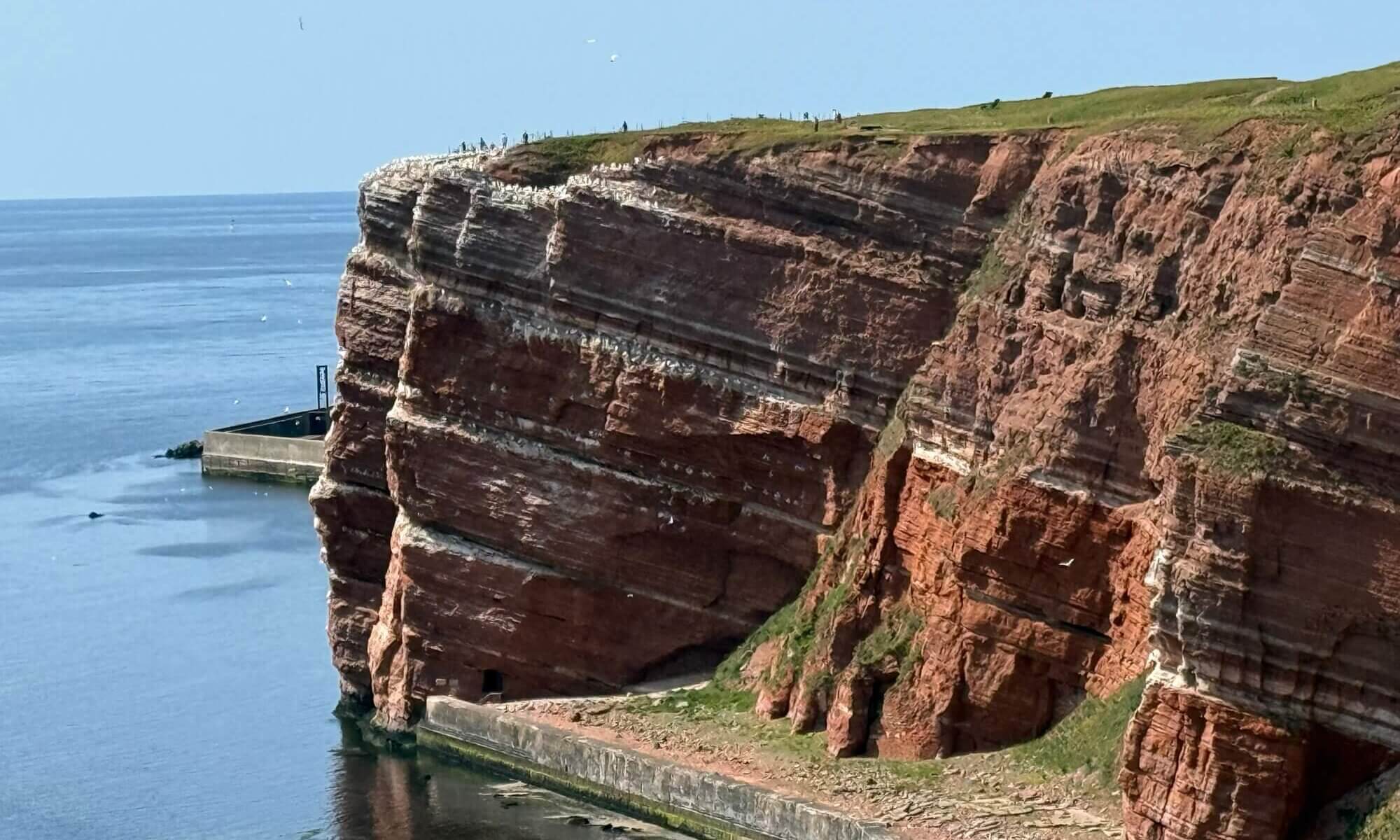It is said that Göttingen, Germany is a university with a city around it. And in fact, the Georg-August-Universität plays an important role in everyday life. The city is very international because of the many students and employees from abroad, there is a good cultural offer and Göttingen has the highest bar density in northern Germany.
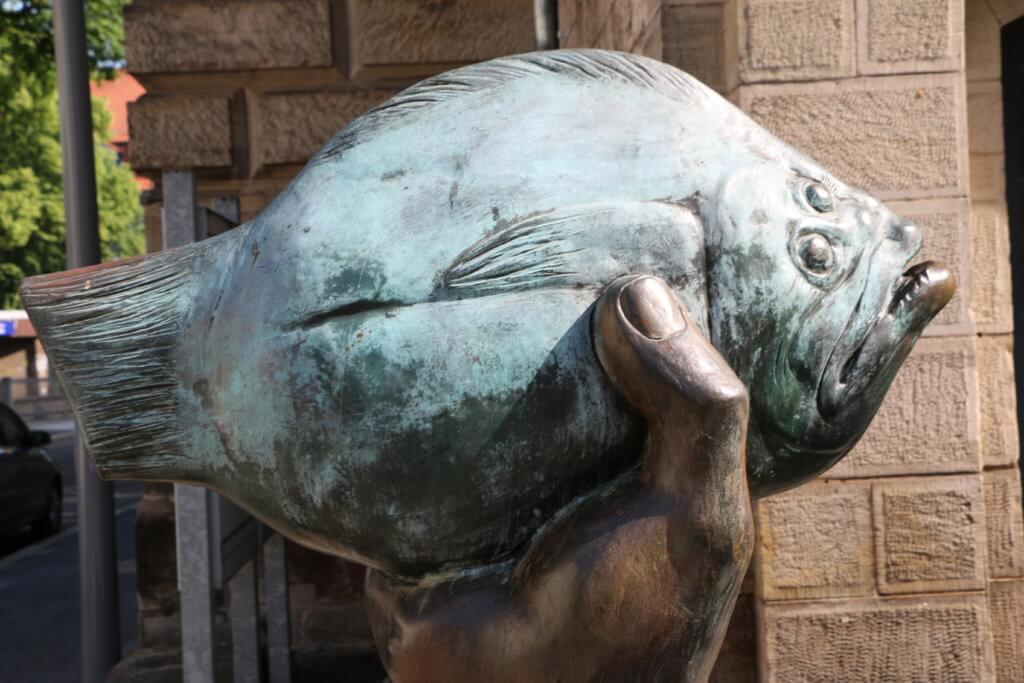
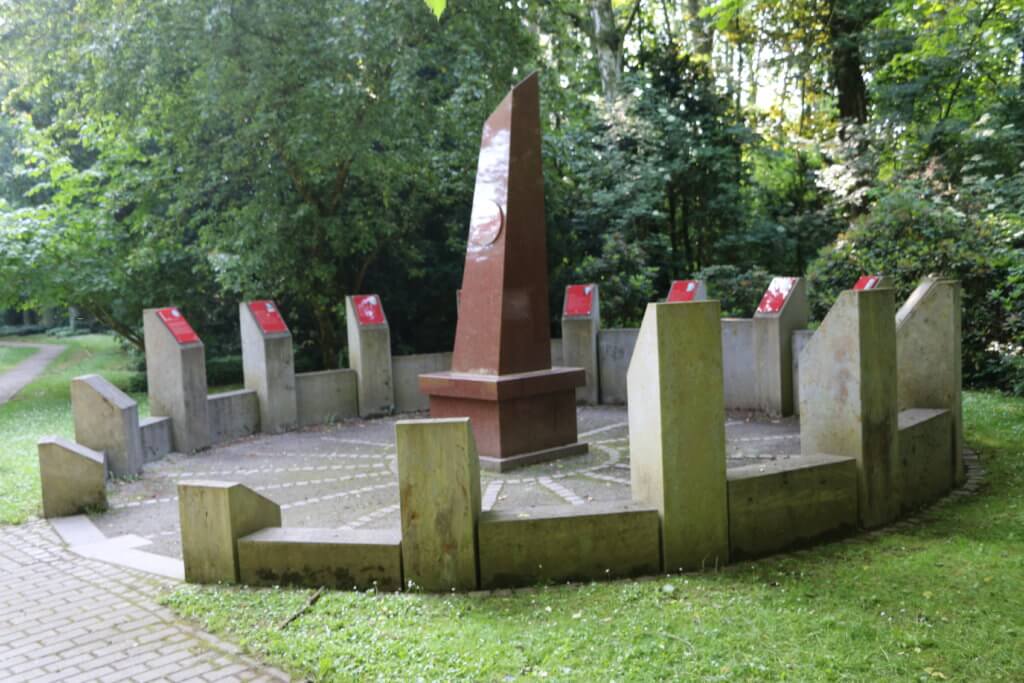
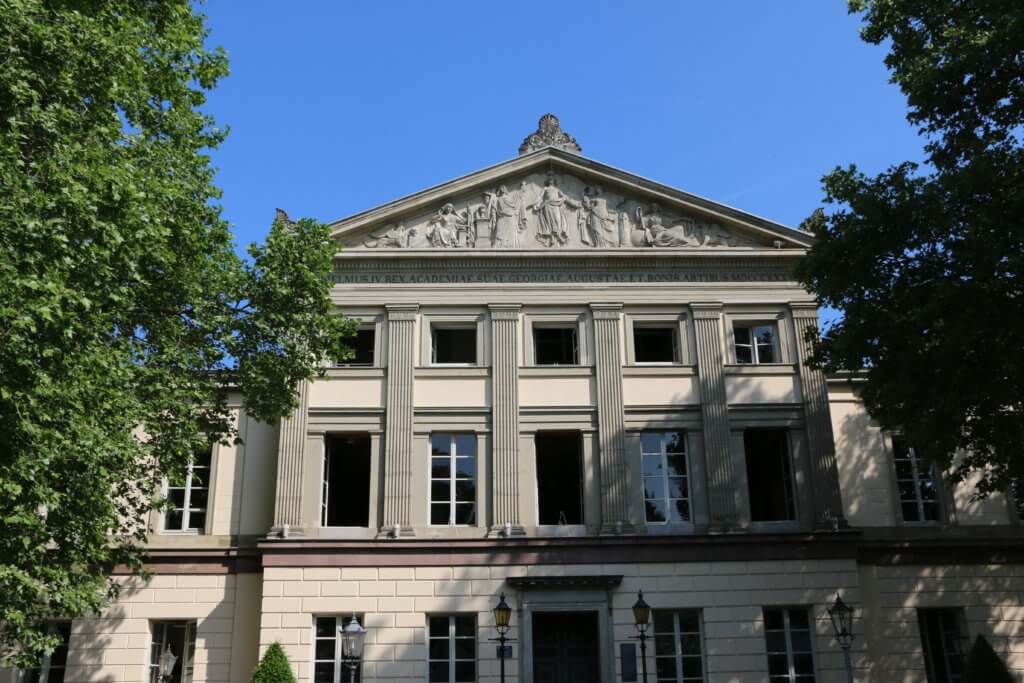

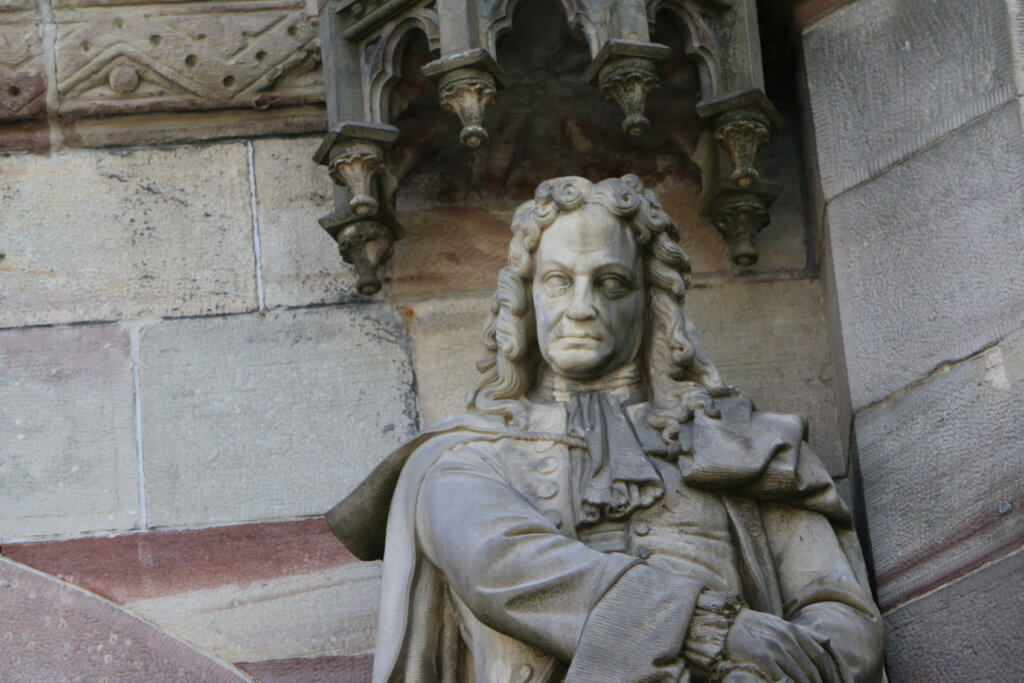
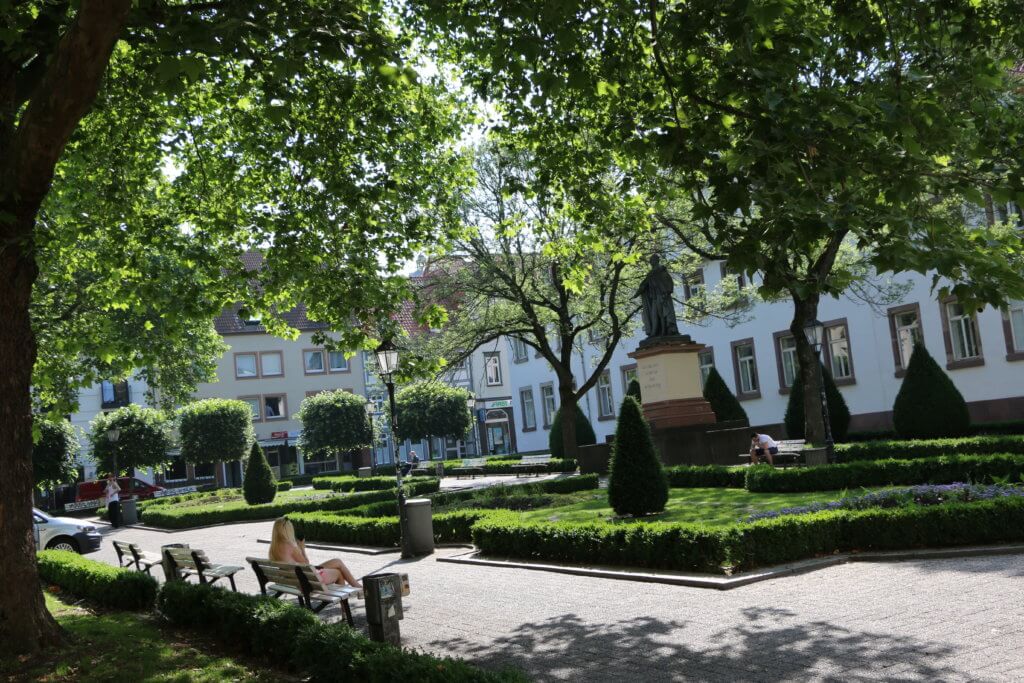
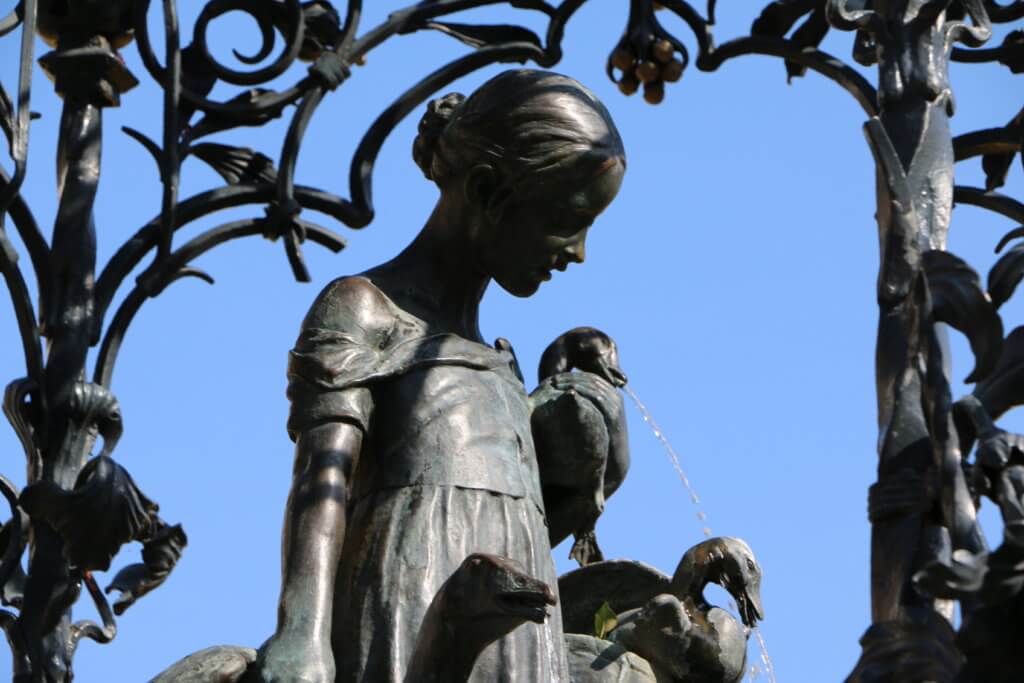

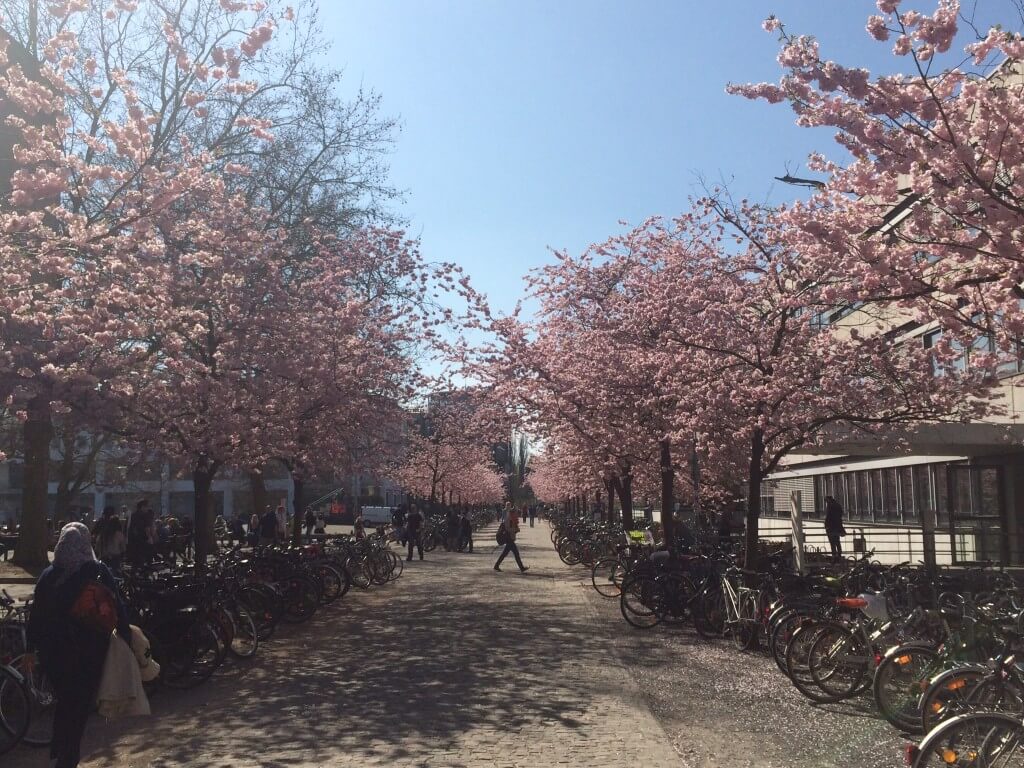
The University of Göttingen was opened in 1737 after being founded by George II of Great Britain – therefore the name Georg-August-Universität. If you’re surprised that a king of Great Britain founded a German university remember that there was a personal union between Great Britain and the kingdom of Hannover – and George II was born in Germany, he is the last king of Great Britain born somewhere else. It is the oldest still-existing university in Lower Saxony. During that long time, Göttingen often played an important role – before World War II it was important for mathematics, it is still today a very well known university for law and it has hosted many Nobel prize winners over time; just take a look at the Nobellrondel.
The Georg-August-Universität once also had a student jail that you can visit: the Karzer. But the story told most often is probably the one of the Göttingen Seven: seven professors that acted against the king and his desire to change the constitution. University buildings can be found throughout the city. Currently, a concentration process is running with two campuses: the Campus (economics, law, social sciences, …) north of the city centre and the Nordcampus (natural sciences) far north in the city quarter Weende. Mathematics and informatics could formerly be found in the Südstadt and you can still find pedagogy in the Ostviertel. When you walk through the city you will find traces of science everywhere.
The Georg-August-Universität is the biggest player in science and education but it is surrounded by a network of organisations. You will also find the Hochschule für Angewandte Wissenschaft und Kunst (HAWK) on the Zietenterrassen and the Private Fachhochschule (PFH) at the Iduna-Zentrum (next to the Campus). But there are also many research organisations that the university works with like the German Aerospace Center (Deutsche Zentrum für Luft- und Raumfahrt), German Primate Center (Deutsches Primatenzentrum) and different Max Planck institutes (for solar system research, biophysical chemistry, experimental medicine and for the study of religious and ethnic diversity).
An important organization around the university is the Studentenwerk (student services): it is lead by professors, students and employees and provides food, living space, child care, financial assistance and different social services. You can try out their canteens: Next to the Zentralmensa at the Campus and the Nordmensa at the Nordcampus it is also worth to visit the Mensa am Turm (check out the dining space inside the old chimney; it is close to the Campus in the Goßlerstraße) and the Mensa Italia (Roedererstraße, a little further away in the East) – they serve the best Tiramisu you can get in a canteen.
Very special at Göttingen is the way to celebrate a PhD: your colleagues will put you in a cart and pull it to the Gänseliesel statue on the central market place. You’ll then have to climb up, bring her flowers and kiss her – she is the most kissed girl in the world. Kissing this statue was officially forbidden in the past but after the rule was not enforced over a very long time it was finally lifted. The list of important scientists connected with Göttingen includes Niels Bohr, Max Born, Enrico Fermi, James Franck, Carl Friedrich Gauß, Wilhelm and Jacob Grimm, Werner Heisenberg, Christian Gottlob Heyne, David Hilbert, Felix Klein, Georg Christoph Lichtenberg, Emmy Noether, Robert Oppenheimer, Ludwig Prandtl, Bernhard Riemann, Albrecht von Haller and Friedrich Wöhler.
Places connected to the university you should visit are:
- the Wilhelmsplatz with the Aula.
- the Auditorium maximum at the Weender Tor.
- the student jail.
- the main campus, Platz der Göttinger Sieben.
- the historical observatory.
- the Gänseliesel statue on the old market square.
- the Nobelrondell on the old cemetery.
- the old botanical garden.
Loading map...

